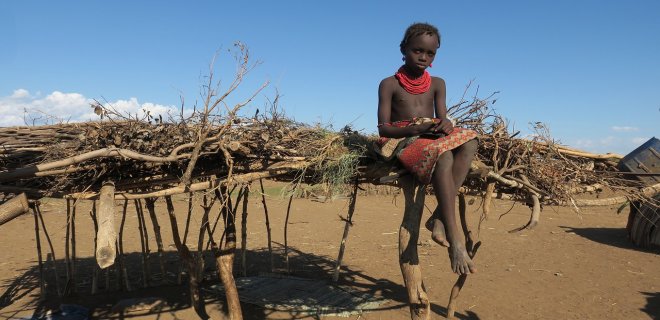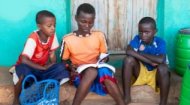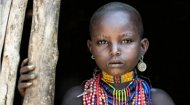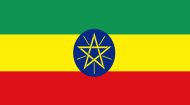
Although Ethiopia has a fast growing economy, the vast majority of its population live in poor rural areas dependent on subsistence farming. Ethiopia's famine of 1984-1985, resulting from poor rainfall and leading to an almost total failure of crop production was followed in 1986 by a locust plague. The famine affected around eight million people, with one million of them dying of starvation.
The country remains drought prone making for widespread food insecurity. Ethiopia is in 176th place out of 191 countries and territories in 2021 when ranked in terms of life expectancy, literacy, access to knowledge and the living standards of a country. Despite having the fastest growing economy in the region, with an aim of reaching lower-middle-income status as a country by 2025, an estimated 13.2 million people in Ethiopia don't have enough to eat according to the 2021 Humanitarian Response Plan (HPR), made worse in the north by the conflict there.
It is hard to believe that an estimated 720,000-1,200,000 children in Ethiopia have been have been orphaned by AIDS, with a further 109,133 infected themselves, with 2,420 becoming infected annually. Four and a half million children are orphans in Ethiopia and is estimated that a further 200,000 children are becoming orphaned there every year.
Find out more about the nation of Ethiopia in our profile pages above and get further insights watching the video (left.)
|


















